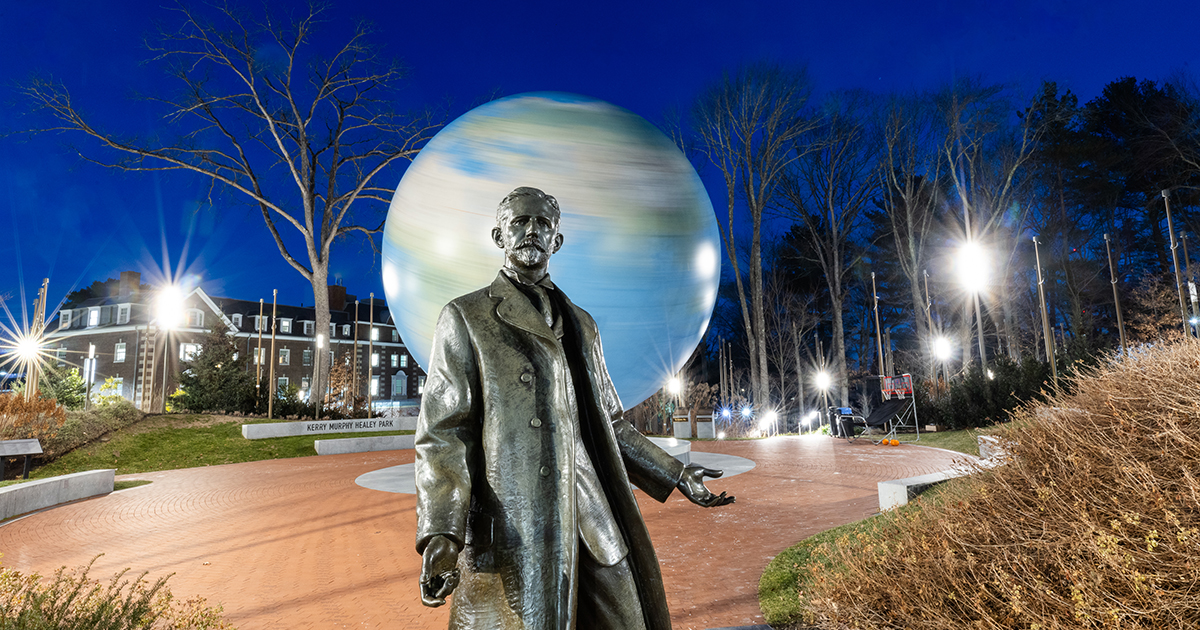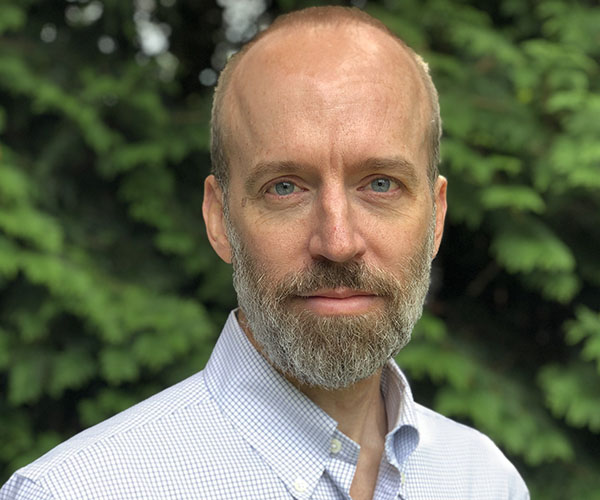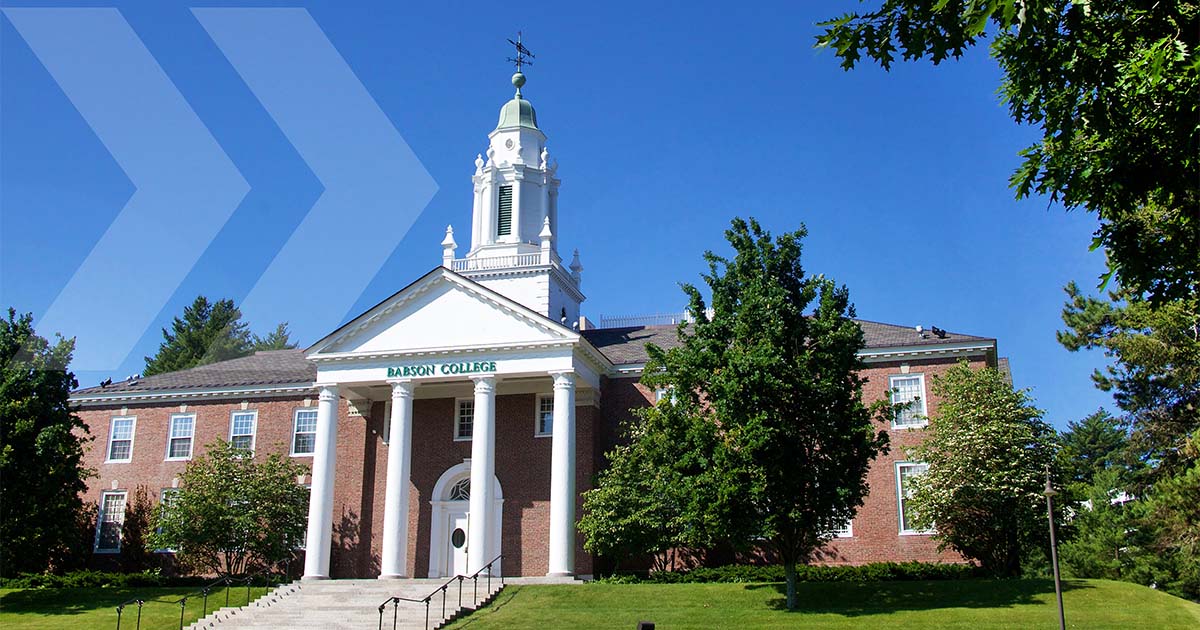An Inside Look at the Herring Family Entrepreneurial Leadership Village
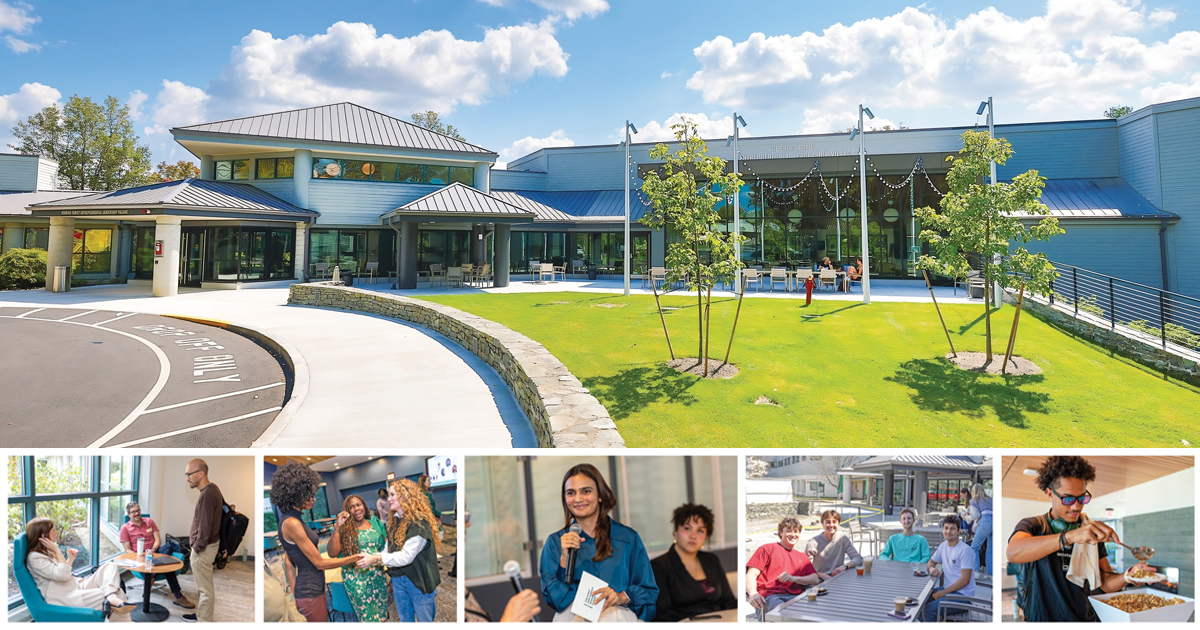
Missy Lohnes ’28 is feeling a little anxious.
Today is feasibility day in Foundations of Management and Entrepreneurship, or as it’s commonly known, FME. In the signature College course, a requirement for all undergraduates, student teams spend a school year building and running a business.
BABSON MAGAZINE: Read the complete Winter 2024–2025 issue.
In today’s class, the teams must present on the feasibility of their ventures. Much is at stake. Only the ventures deemed most promising will be allowed to continue. “I am so nervous,” Lohnes says. “I woke up an hour before my alarm went off. I was going over the script in my head.”
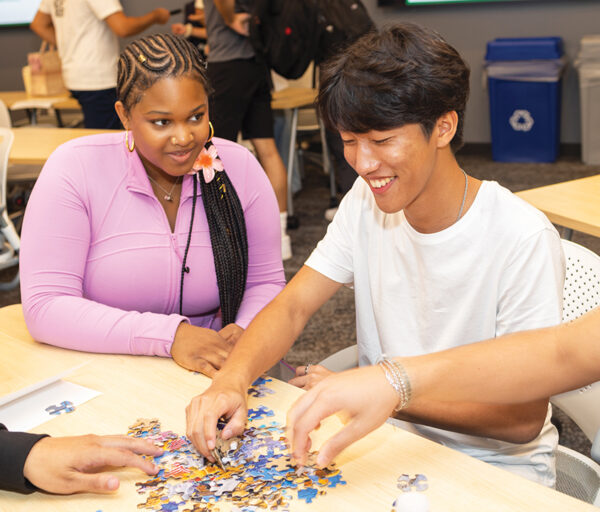
Before their 9:45 a.m. class, Lohnes and her teammates gather in a nook just outside their classroom. They’re all dressed in business attire. As ties are straightened and tightened, the team members touch up their presentation. Their business idea is for an educational card game focused on macroeconomics. Despite any lingering nerves, they’re feeling good about the venture. “We like our product,” Lohnes says, “and we know it’s feasible.”
Lohnes and her classmates are meeting in the Herring Family Entrepreneurial Leadership Village (HELV), a new defining addition to campus that opened this fall. The facility, located next to the Babson Executive Conference Center, serves as a vibrant living and learning space and a hub for entrepreneurial leadership.
The HELV is a busy place. Students study here. And connect here. And eat here. And reside here. HELV is the largest residence hall on campus, with 280-plus residents, and it is the new home for FME. Every section of FME, all 18 of them this school year, meets in one of the HELV’s three state-of-the-art classrooms. The facility also encompasses a café, lounge, and interactive studio.
This is a look at the people of HELV, at the faculty, staff, and entrepreneurial leaders in the making who roam this new campus landmark.
The Morning Begins
At 8:25 a.m. on a recent Tuesday, another bustling day at the HELV is just beginning. Cynthia Santiago preps for the hours ahead at the Village Coffee House, where she’s a supervisor. Online orders are trickling in, but customers so far are scarce.
“It’s pretty quiet,” Santiago says.

The café is located near the entrance of the HELV, and as the day goes on, more and more people will stream past. Behind a case at the counter, croissants, muffins, fruit cups, and egg sandwiches wait to be eaten. “Our banana bread is very popular,” Santiago says.
One customer sitting in the café at this hour is Sachiel Varada ’27. He has an exam in his 9:45 a.m. accounting class, and he came here to do some last-minute studying in the early morning calm.
He also came to eat a solid breakfast, wanting to be properly fueled for the test. “When I have something I want to be sharp for, I come here,” he says. In front of him rests a banana chocolate chip muffin, a fruit cup full of strawberries, and his go-to drink order: a caffe latte with whole milk and an espresso shot. It’s a simple drink, which he prefers. “I like to get it everywhere,” he says. “It’s consistent.”
The HELV’s creation was made possible through the financial support of the Babson community. Its opening comes five years after the family foundation of Arthur M. Blank ’63, H’98 made a transformational $50 million gift to revolutionize the teaching of entrepreneurial leadership at Babson. A naming gift from Bruce Herring ’87, P’19 and Tricia Herring P’19 further laid the foundation for the facility, and Martha DiMatteo Vorlicek ’81, H’23, Andrew DiMatteo ’84, Michael Lorber ’01, Jim Rullo MBA’85, Ronald Weiner ’66, H’22 and their families all provided support for HELV’s classrooms.
“It has been utterly wonderful to be in this space. It is a gift I get to be here.”
Beth Wynstra, associate professor of English
Beth Wynstra stands outside those classrooms as the 9:45 a.m. classes are about to start. HELV may be a hub for FME, but other courses use the rooms as well. An associate professor of English, Wynstra is teaching her Foundations of Critical Inquiry course here, and she praises the technology and flexible seating that the roomy, cutting-edge spaces offer. “It has been utterly wonderful to be in this space,” she says. “It is a gift I get to be here.”
After she’s finished teaching, she will conduct her office hours in the Village Coffee House. “What’s better than a breakfast sandwich and an office hour meeting?” she asks.
A Day for Presenting
FME courses are held throughout the day at the HELV. As one ends, others begin. At 9:45 a.m., professors Jessica Burkland and Alisa Jno-Charles ’05, MBA’11 say good morning to the FME class they are co-teaching together. As they will in all the FME classes on this Tuesday, students are waiting to give their feasibility presentations. “Is everybody ready?” says Burkland, an assistant professor of practice in organizational behavior.

Student teams are given eight minutes to present and two minutes to answer questions, and those time limits are strict. A bell chimes when the minutes run out. One after another, student teams discuss their products. With their slides projected on multiple screens around the HELV classroom, they talk of market research and financials, competitors and suppliers, sustainability and their team dynamics. “This is a great space for these types of presentations,” Burkland says. “The technology is better, the acoustics are better.”
One team promises to revolutionize closet space for college students with a vertical hanger organizer. Another offers a vibrating bed pad as an alternative to a noisy wake-up alarm. In all, six teams present, and after today, that number will be winnowed down to three.
At times, the student teams seem nervous. They blank on details. But the experience of presenting is a valuable one, says Jno-Charles, assistant professor of entrepreneurship. For one thing, students are learning to synthesize all their ideas and research into a succinct message for their peers. “What is the story being told?” she says. “How would you sell it?”
Presenting and pitching are also an integral part of life at Babson and beyond. Becoming confident and competent doing so is essential. “Everyone will have to give work presentations,” Jno-Charles says. “Research, synthesis, and communication. These are huge life skills.”
“This is a great space for these types of presentations. The technology is better, the acoustics are better.”
Jessica Burkland, assistant professor of practice
A New Standard
All this learning, all this growing and stumbling and getting back up again, is happening all the time at the HELV. The facility is representative of Babson’s leadership in entrepreneurship education, says President Stephen Spinelli Jr. MBA’92, PhD.
“We have enhanced the delivery system for entrepreneurship education. It now sets a whole new standard,” he says. “We have changed the game.” In the next few years, the College plans to continue building on to the HELV, with additional classrooms, student living spaces, and a dining area. “We are only in phase one of this,” Spinelli says.
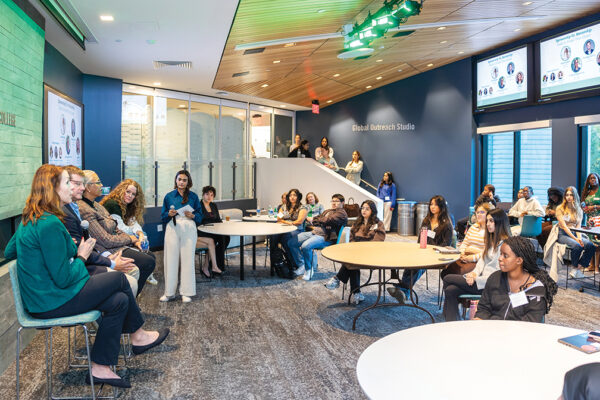
In the minutes before the 11:30 a.m. FME classes are set to begin, another student team huddles together to rehearse their feasibility presentation. At the moment, they’re fiddling with the presentation’s beginning, pondering the best way to start things off. The students sit around a table in the interactive Global Outreach Studio, a high-tech space equipped to handle both in-person and virtual participation in meetings. “It’s going better,” Kate Henderson ’28 says. “We feel pretty good about our presentation.”
One member of the team, Amrit Rehal ’28, slips off to the hallway, where she practices her part of the presentation alone. Actually, she’s not completely by herself. She calls her father, working from home in Georgia, and runs through her portion as he watches. “I called hoping he wasn’t in a meeting,” she says. “He said it was good, but I need to talk a little slower.”
Rehal soon returns to the group, and they decide to run through the entire presentation once again. In the HELV, the hard work of entrepreneurship continues.
Posted in Community, Entrepreneurial Leadership

